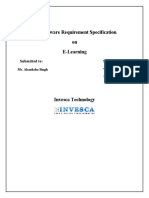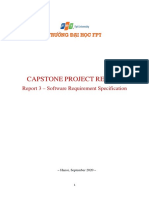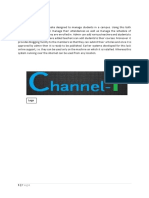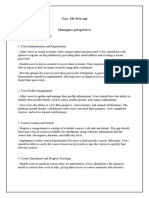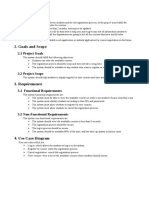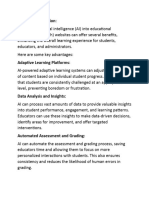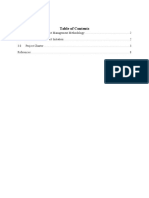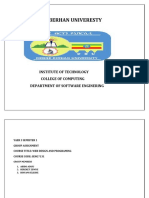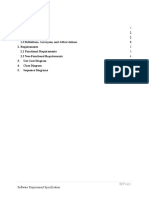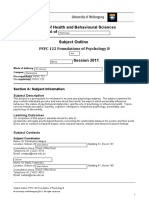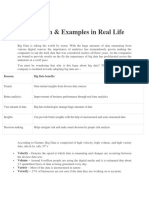0% found this document useful (0 votes)
6 views7 pagesMini Project Simulation - Online Learning Platform
The document outlines the process for developing an online learning platform, starting with requirement gathering from the client to understand their vision, objectives, and user roles. It details the workflow for high-level features, team distribution, and communication plans to keep the client engaged and informed throughout the project. Additionally, it suggests potential upsell opportunities, such as gamification features and an advanced analytics dashboard, to enhance the platform's value and support long-term success.
Uploaded by
Ludo LaundryCopyright
© © All Rights Reserved
We take content rights seriously. If you suspect this is your content, claim it here.
Available Formats
Download as DOCX, PDF, TXT or read online on Scribd
0% found this document useful (0 votes)
6 views7 pagesMini Project Simulation - Online Learning Platform
The document outlines the process for developing an online learning platform, starting with requirement gathering from the client to understand their vision, objectives, and user roles. It details the workflow for high-level features, team distribution, and communication plans to keep the client engaged and informed throughout the project. Additionally, it suggests potential upsell opportunities, such as gamification features and an advanced analytics dashboard, to enhance the platform's value and support long-term success.
Uploaded by
Ludo LaundryCopyright
© © All Rights Reserved
We take content rights seriously. If you suspect this is your content, claim it here.
Available Formats
Download as DOCX, PDF, TXT or read online on Scribd
/ 7




